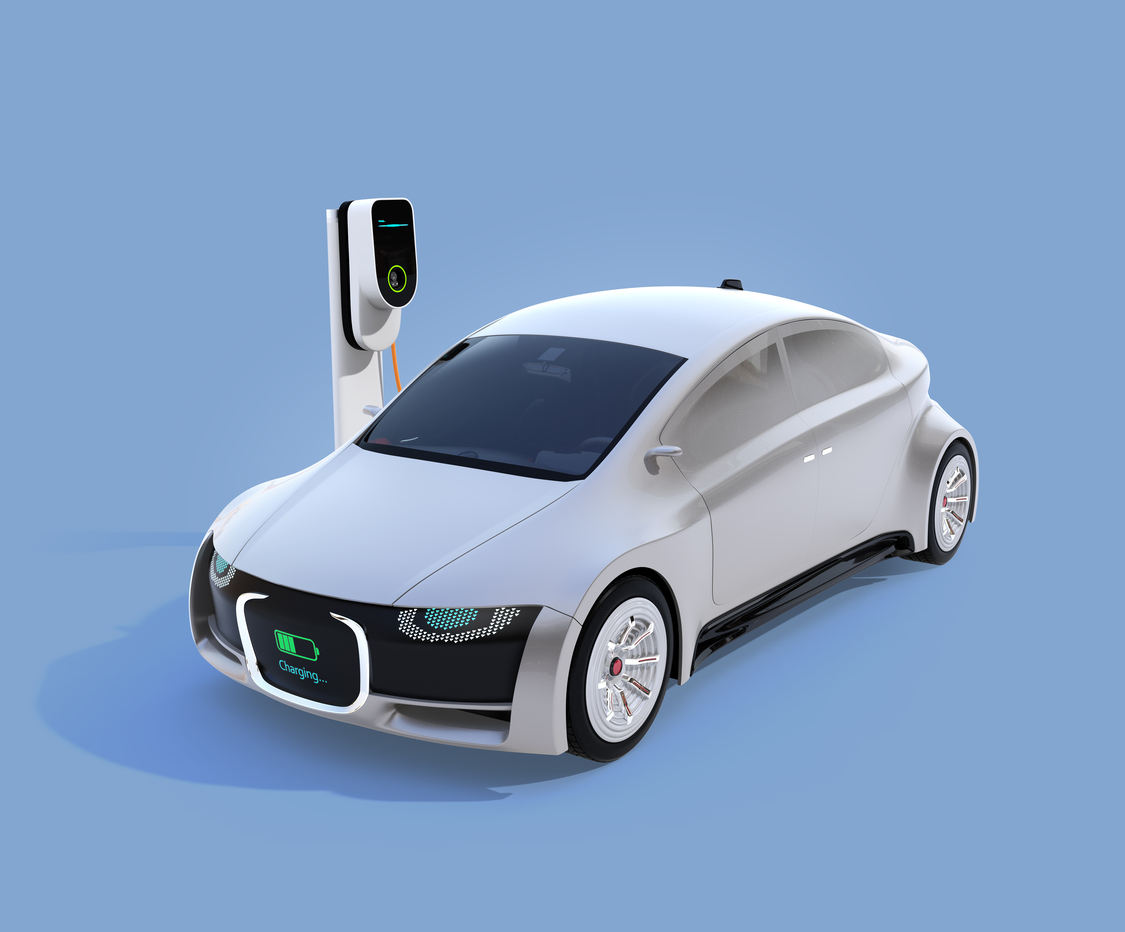2022/02/14
The Shift to EVs Accelerated – Required is a Further Change to be Made As Quickly As If You Feel Everything Has Changed Overnight

(The original article in Japanese was posted on December 17, 2021)
TOYOTA is raising the goal of global EV sales in 2030 from 2 million to 3.5 million units. Investment in electrification including HVs will be 8 trillion yen, of which 4 trillion yen will be invested in EVs, and additional 2 trillion yen will be invested in on-board batteries. In addition, TOYOTA will install quick EV charging stations at its dealerships nationwide by 2025 to develop the domestic market.
Further, at the press conference, TOYOTA emphasized that its basic strategy is an “all-round” one that includes HVs and FCVs, and expressed its intention that because TOYOTA has been dealing with various markets, it does not prioritize specific markets, and will try to survive in the industry by promptly responding to the situation of energy and market trends in each country.
Nevertheless, the upward revision is an unmistakable sign of TOYOTA’s seriousness. Although Japanese companies have been said to be reluctant to adopt EVs compared to their European and Chinese competitors, now Nissan has also announced that it will invest 2 trillion yen in electrification by 2026 to increase the percentage of production of EVs to more than 50% by 2030, and Honda has declared that all of its models to be sold worldwide will be EVs or FCVs by 2040. On December 12, 2021, the day of the final F1 race held in Abu Dhabi, Honda posted the message, “Thank you FERRARI, Thank you MERCEDES…” on a newspaper ad, thanking their rival companies and telling the world that Honda’s battle as an “engine supplier” was over.
The Ministry of Economy, Trade and Industry (METI) has also raised the subsidy for the purchase of EVs, PHVs and FCVs from 420,000 yen to 800,000 yen. However, the amount requested for the subsidy in the FY2021 supplementary budget approved by the Cabinet is only 37.5 billion yen for both the purchase subsidy and the cost of charging infrastructure combined. Seven times this amount, which is 268.5 billion yen, was newly allocated to “GoTo Travel” program. The U.S., like Japan, has fallen behind in the shift to EVs, and is investing $7.5 billion to build a network of charging stations. The loss of competitive advantage in the automotive industry means a loss in the international market. In order to achieve the national government’s goal of increasing the number of EV charging stations to 150,000, five times the current number; and the number of hydrogen fueling stations to 1,000, six times the current number, by 2030, a bold and intensive investment plan should be formulated.
On December 14, the Tokyo Metropolitan Government has started a demonstration experiment in battery sharing for EV bikes in cooperation with Itabashi Ward Office. This is a part of the Tokyo Metropolitan Government’s goal to make 100% of motorcycles sold in Tokyo non-gasoline powered by 2035. Specifically, EV bikes will be rented out to individuals and business operators, and exchanging spots will be set up at facilities of Itabashi Ward and convenience stores in the district for those users to share the batteries. The target is motorcycles, and the scale of the experiment is limited. However, no matter how hard the manufacturers and the governments try to build such new systems, no market will be created unless the “demand side” shares the value of the new products and services. In this sense, experiencing a part of the next-generation mobility society in our daily lives is not insignificant. I look forward to the expansion and continuation of these efforts.
This Week’s Focus, December 17, 2021
Takashi Mizukoshi, the President